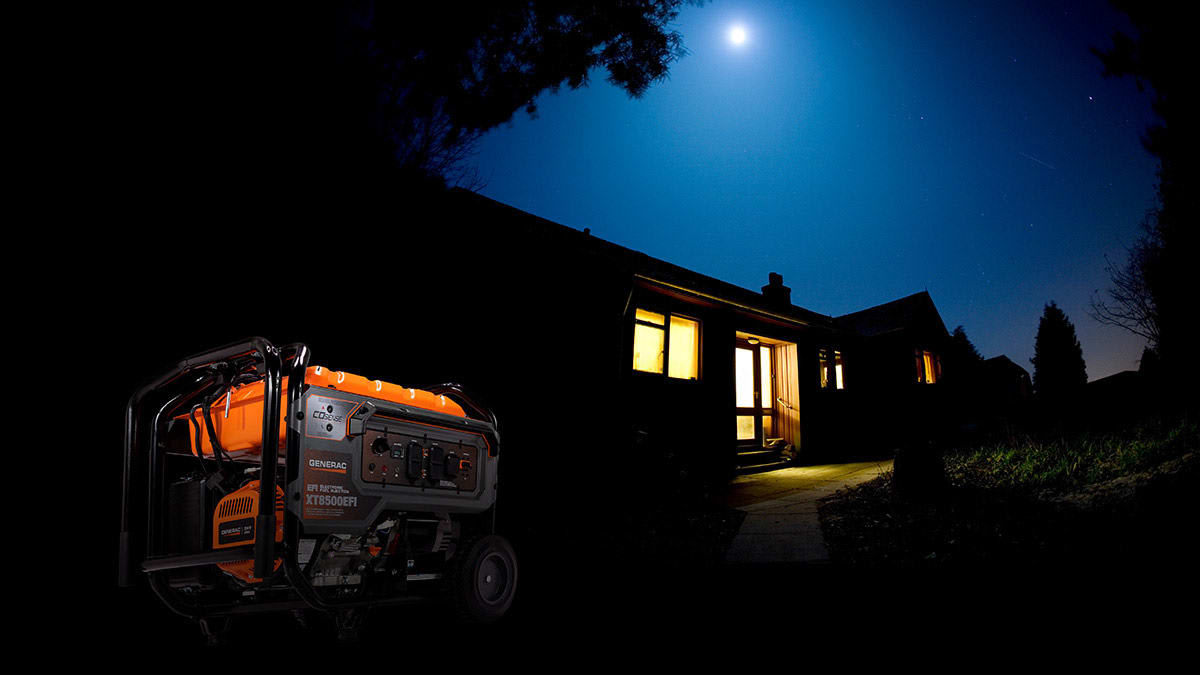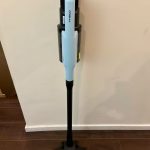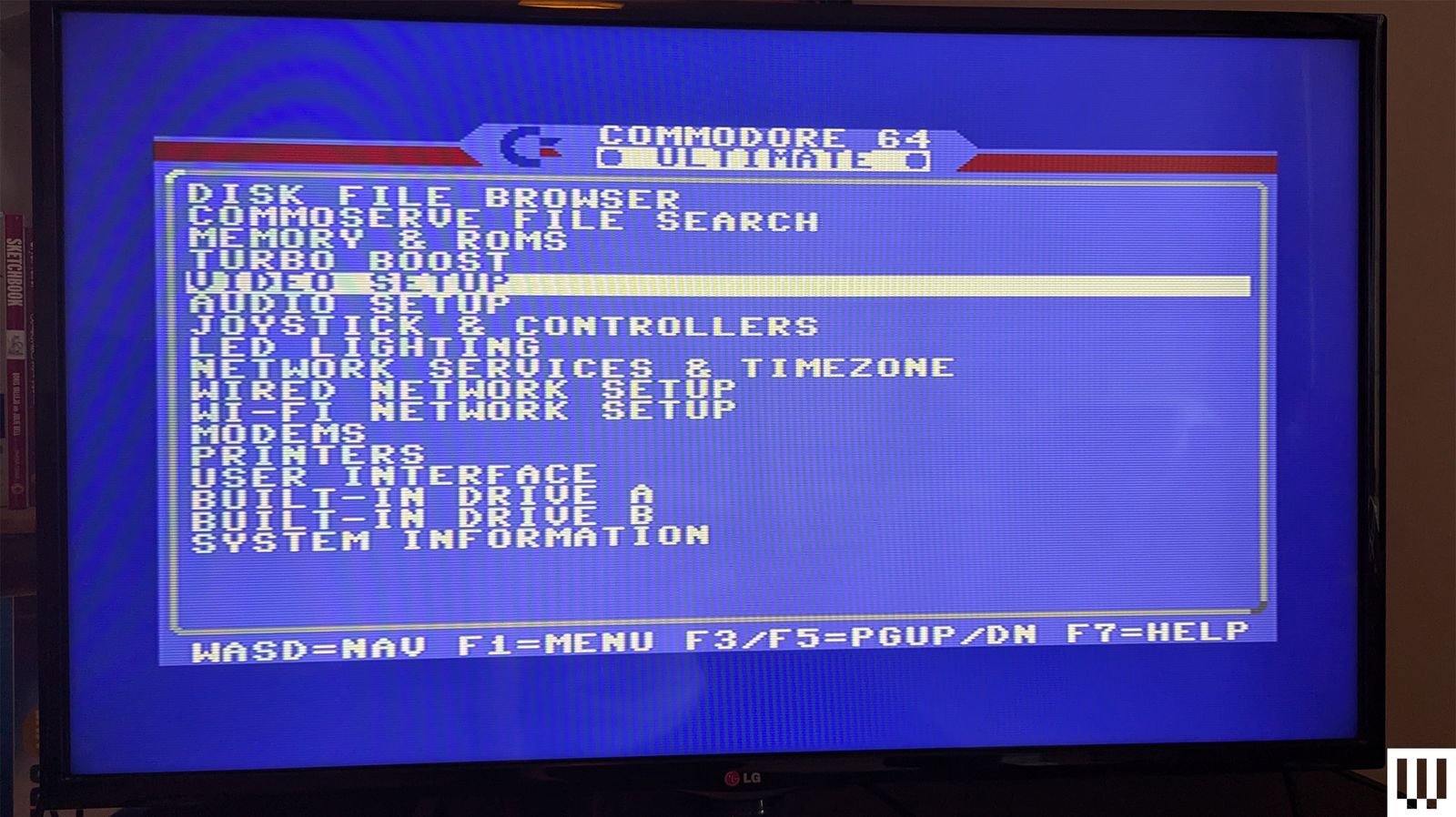
There are many reasons you might lose power. Technical problems with your area’s electrical grid, for example, or excessive demand during periods of peak use. And then, of course, you could lose power from downed trees or power lines during a major storm.
Right now, Erin—strengthening over the Atlantic—becomes the first hurricane of the season. Meteorologists believe it will pass north of the Leeward Islands in the Caribbean on Saturday, Aug. 16, 2025 (forecast as of 10 a.m.. ET on Aug. 15).
If your power does go out, a portable generator is a great way to run not only household essentials like lights and refrigerators but also lifesaving medical equipment, as well as electronic gear—like computers, phones, and routers—that helps you stay in touch with the outside world.
If you live in an area where weather emergencies are relatively rare—or power is often restored within a few hours—you probably don’t need a permanently installed whole-house generator, which can cost more than $10,000 to buy and install.
That’s where a portable generator comes in handy. Whether you opt for a traditional portable or the more efficient, quieter, and pricier inverter option, you can still get plenty of power to run most of the key appliances and systems in your home. Even a midsized recreational generator suitable for tailgating, car camping, or van life can help to power some essentials in a pinch.









